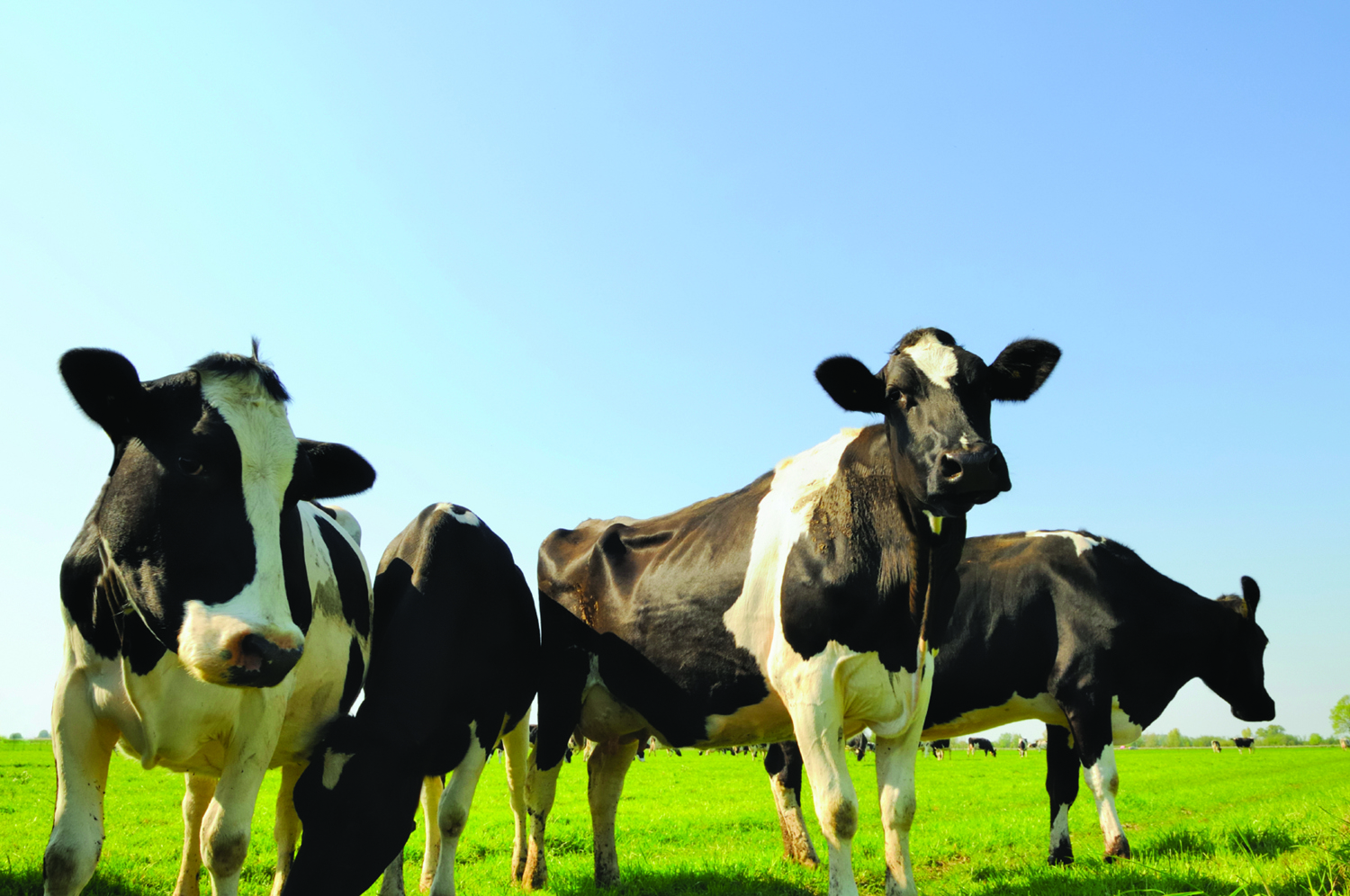Technical note: Is fecal consistency scoring an accurate measure of fecal dry matter in dairy calves?
The objective of this cross-sectional study was to evaluate the accuracy of fecal consistency scoring as a measure of fecal dry matter (DM) in dairy calves. This study was conducted at a commercial grain-fed veal facility in southwestern Ontario. A total of 160 calves arrived at the facility in 2 groups of 80 calves each. Calves were fed milk replacer twice daily at 0700 and 1700 h and had ad libitum access from arrival onward to water through nipple drinkers and starter through a shared trough. Fecal consistency scores were evaluated once daily in the first 28 d after arrival before milk feeding. The fecal consistency scoring was conducted using a 4-level scoring scale: 0 = normal (firm but not hard); 1 = soft (does not hold form, piles but spreads slightly); 2 = runny (spreads readily); and 3 = watery (liquid consistency, splatters). Fecal samples were collected from all calves via rectal palpation on d 1, 7, 14, and 21 at 0900 h for determination of fecal DM. Mixed repeated measures linear regression models were built to assess the accuracy of fecal consistency scoring in predicting fecal DM. Over 4 selected time points (d 1, 7, 14, and 21) the 160 calves were observed, 382 (61.6%) had a fecal consistency score of 0, 121 (19.5%) had a score of 1, 85 (13.7%) had a score of 2, and 32 (5.2%) had a score of 3. A fecal score of 0 had a fecal DM of 25.1 ± 8.4%, whereas a fecal score of 1 had a DM of 21.8 ± 8.2%. With respect to calves that had a fecal score of 2 or 3, their fecal DM was 16.0 ± 11.1% and 10.7 ± 6.9%, respectively. In evaluating the pairwise comparisons generated in the repeated measures model that controlled for day of sampling, a fecal score of 0 had a 3.2%, 8.1%, and 12.0% higher fecal DM, respectively, when compared with those that had a fecal score of 1, 2, and 3. In addition, calves with a fecal score of 1 had a 5.0% and 8.8% higher fecal DM than calves with a fecal score of 2 and 3, respectively. Finally, calves with a fecal score of 2 had a 3.8% higher fecal DM than those with a fecal score of 3. This study confirms that using observational fecal consistency scoring can accurately predict diarrhea or a decline in fecal DM.
by
D. L. Renaud
on 17/09/2020

